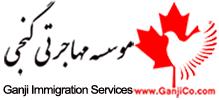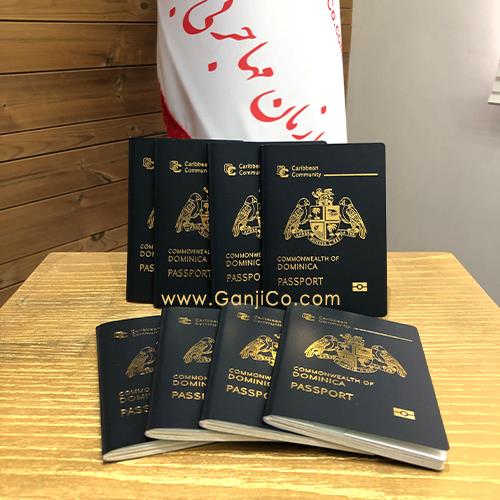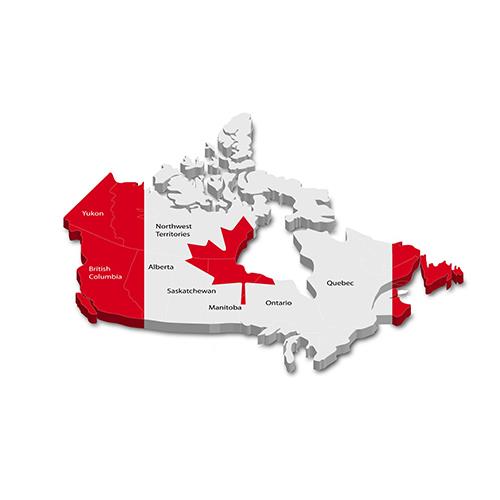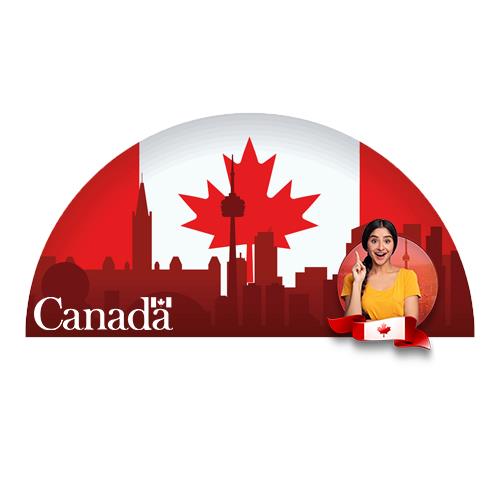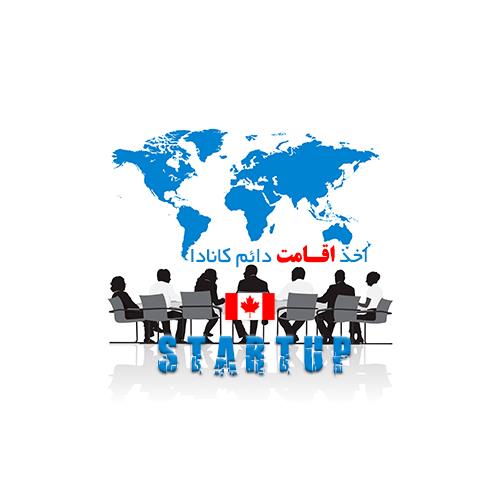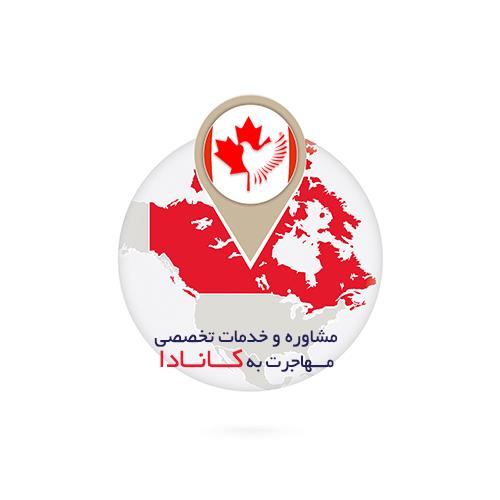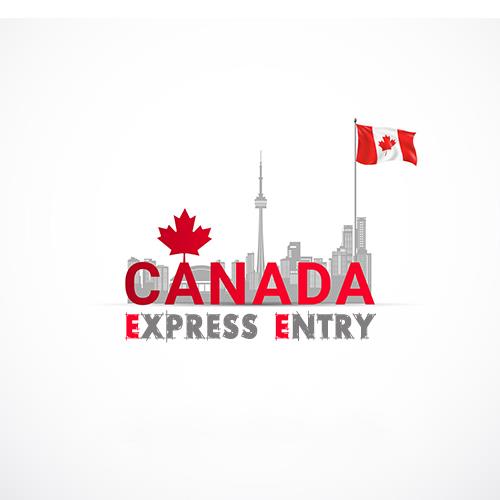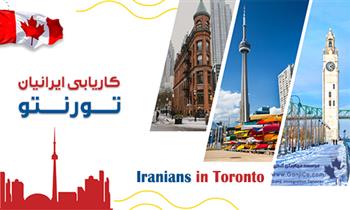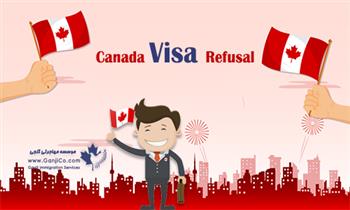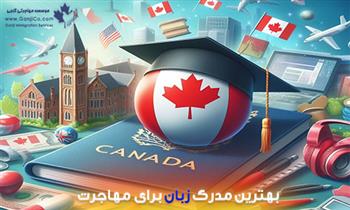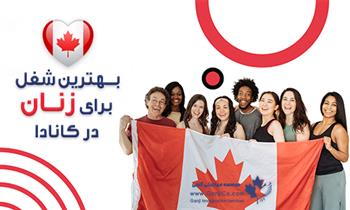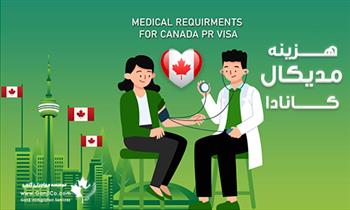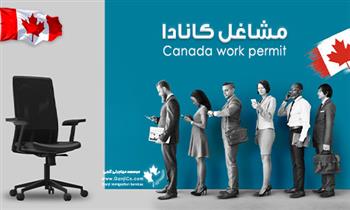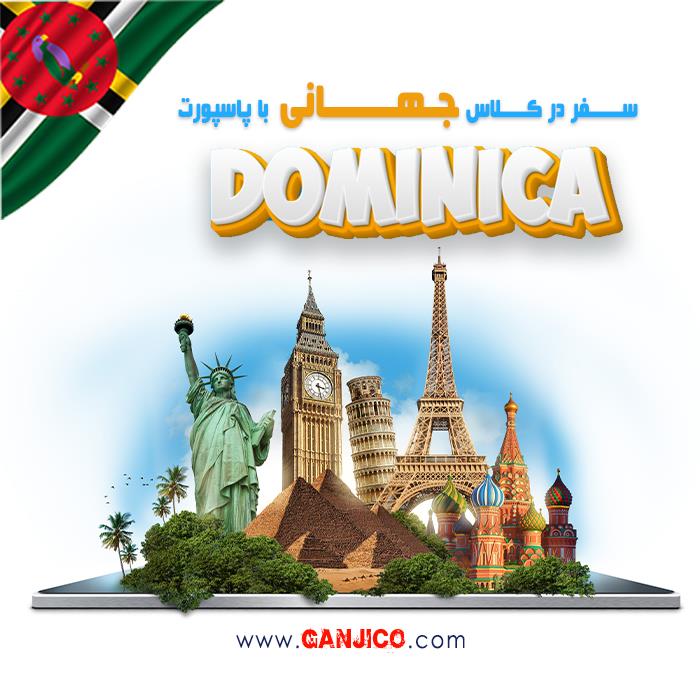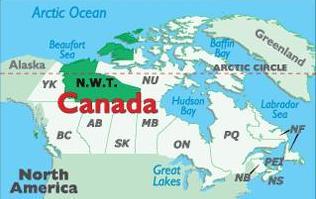
Northwest Territories
The Northwest Territories is one of Canada’s three territories. It had a population of 41,462 in 2011 and an estimated population of 43,537 in 2013. The Northwest Territories is the most populous territory in Northern Canada. Yellowknife became the territorial capital in 1967.
The Northwest Territories entered the Canadian Confederation July 15, 1870, but the current borders were formed April 1, 1999, when the territory was subdivided to create Nunavut to the east. While Nunavut is mostly Arctic tundra, the Northwest Territories has a slightly warmer climate and is mostly boreal forest (taiga), although portions of the territory lie north of the tree line, and its most northern regions form part of the Canadian Arctic Archipelago.
The Northwest Territories are bordered by Canada's two other territories, Nunavut to the east and Yukon to the west, and by the provinces of British Columbia, Alberta, and Saskatchewan to the south.
Origin of Northwest Territories’ Name
The name is adopted by the British government during the colonial era to indicate where it lay in relation to Rupert's Land. It is shortened from North-Western Territory. In Inuktitut, the Northwest Territories means "beautiful land."
There was some discussion of changing the name of the Northwest Territories after the splitting off of Nunavut, but in the end a poll was conducted prior to division showed that strong support remained to keep the name "Northwest Territories".
Geography of Northwest Territories
This Canadian territory is Located in northern Canada, it borders Canada's two other territories, Yukon to the west and Nunavut to the east, and four provinces: British Columbia to the southwest, and Alberta and Saskatchewan to the south and Manitoba to the extreme southeast. It has a land area of 1,183,085 km2.
Geographical features include Great Bear Lake, the largest lake entirely within Canada, and Great Slave Lake, the deepest body of water in North America at 614 m, as well as the Mackenzie River and the canyons of the Nahanni National Park Reserve, a national park and UNESCO World Heritage Site. Territorial islands in the Canadian Arctic Archipelago include Banks Island, Borden Island, Prince Patrick Island, and parts of Victoria Island and Melville Island. Its highest point is Mount Nirvana near the border with Yukon at an elevation of 2,773 m.

Climate of Northwest Territories
Because of The Northwest Territories’ vast area, over 1,300,000 km2, there is a large climate variant from south to north. The southern part of the territory has a subarctic climate while the islands and northern coast have a polar climate.
Summers in the north are short and cool. Winters are long and harsh, in daytime the temperature reaches −20 °C and during night it falls to −40 °C. Thunderstorms are not rare in the south. In the north they are very rare, but do occur. Tornadoes are extremely rare but have happened with the most notable one happening just outside of Yellowknife that destroyed a communications tower. The Territory has a fairly dry climate due to the mountains in the west.
Although about half of the territory is above the tree line, there are not many trees in most of the eastern areas of the territory, or the north islands.
History of the Northwest Territories
Long before the Europeans arrived, Inuit and First Nations peoples inhabited the land area which became the Northwest Territories. The first European contact was made in early 1570s by Martin Frobisher (an English seaman). In 1610, Henry Hudson, while looking for the Northwest Passage, landed briefly on the western shore of what is now the Hudson bay. His discovery opened the interior of the continent to further exploration.
The territory came under government authority in July 1870, after the Hudson's Bay Company transferred Rupert's Land and North-Western Territory to the British Crown, which subsequently transferred them to the government of Canada, giving it the name the North-West Territories.
After the 1870 transfer, some of the North-West Territories was divided into the province of Manitoba on July 15, 1870 and the province of British Columbia on July 20, 1871.
Alberta and Saskatchewan were separated from the NWT to become provinces in 1905 and Regina became the provincial capital of Saskatchewan. Manitoba, Ontario, and Quebec separated from the NWT in 1912. In 1898, the Yukon Territory became a separate entity and in 1999 Nunavut was formed from the eastern section.
Population of Northwest Territories
Northwest Territories had a population of 41,462 in 2011. The NWT is one of two jurisdictions in Canada, where Aboriginal peoples are in the majority and constituting 50.3% of the population.
The largest religious group by number of adherents according to statistics in 2001 was Roman Catholic with 46.7%; the Anglican Church of Canada with 14.9%; and the United Church of Canada with 6.0%, while 6,17.4% of the people stated no religion.
Official language of Northwest Territories
French was made the official language of Northwest Territories in 1877 by the territorial government. After some conflict with Ottawa and a decisive vote on January 19, 1892, the assembly members voted for an English-only territory. In the early 1980s, the federal government pressured the government of the Northwest Territories to reintroduce French as an official language.
The Northwest Territories' Official Languages Act recognizes the following eleven official languages (Chipewyan, Cree, English, French, Gwich’in, Inuinnaqtun, Inuktitut, Inuvialuktun, North Slavey, South Slavey and Tłįchǫ).
NWT residents have a right to use any of the above languages in a territorial court and in debates and proceedings of the legislature. However, laws are legally binding only in their French and English versions.
In 2006, most of the population (77.5%) was using English as their official language.
Economy of Northwest Territories
The NWT's geological resources include gold, diamonds, natural gas and petroleum. BP is the only oil company currently producing oil in the Territory. NWT diamonds are promoted as an alternative to purchasing blood diamonds. Two of the biggest mineral resource companies in the world, BHP Billiton and Rio Tinto mine many of their diamonds from the NWT.
The Northwest Territories has the highest per capita GDP of all provinces or territories in Canada, C$76,000 in 2009.
Agriculture in the Northwest Territories is virtually impossible except for limited cultivation south of the Mackenzie River region. Trapping, the region's oldest industry, ranks second after mining. A thriving commercial fishing industry, based on whitefish and lake trout, is centered on the village of Hay River, on Great Slave Lake.
Government of Northwest Territories
The Commissioner of the NWT is the chief executive and is appointed by the Governor-in-Council of Canada on the recommendation of the federal Minister of Aboriginal Affairs and Northern Development. The position used to be more administrative and governmental, but with the devolution of more powers to the elected assembly since 1967, the position has become symbolic. The Commissioner had full governmental powers until 1980 when the territories were given greater self-government. The Legislative Assembly then began electing a cabinet and Government Leader, later known as the Premier. Since 1985 the Commissioner no longer chairs meetings of the Executive Council (or cabinet), and the federal government has instructed commissioners to behave like a provincial Lieutenant Governor. Unlike Lieutenant Governors, the Commissioner of the Northwest Territories is not a formal representative of the Queen of Canada.
Unlike provincial governments and the government of Yukon, the government of the Northwest Territories does not have political parties, except for the period between 1898 and 1905. It is a consensus government called the Legislative Assembly. This group is composed of one member elected from each of the nineteen constituencies. After each general election, the new Assembly elects the Premier and the Speaker by secret ballot. Seven MLAs are also chosen as cabinet ministers, with the remainder forming the opposition.
